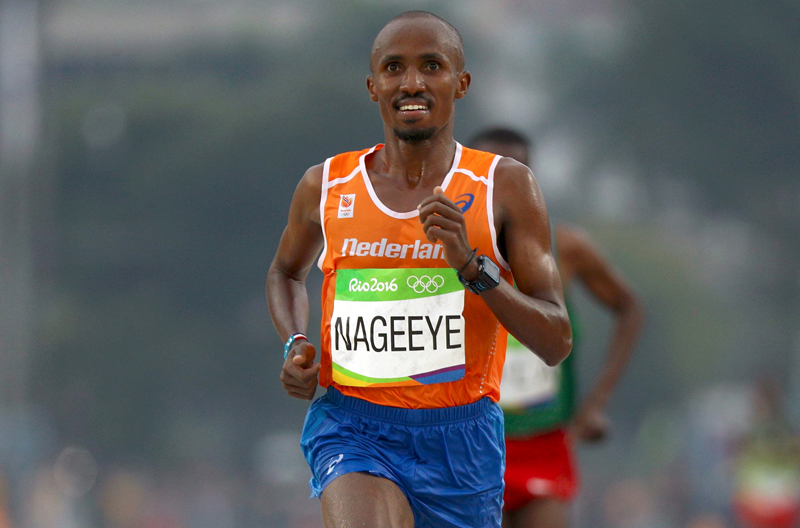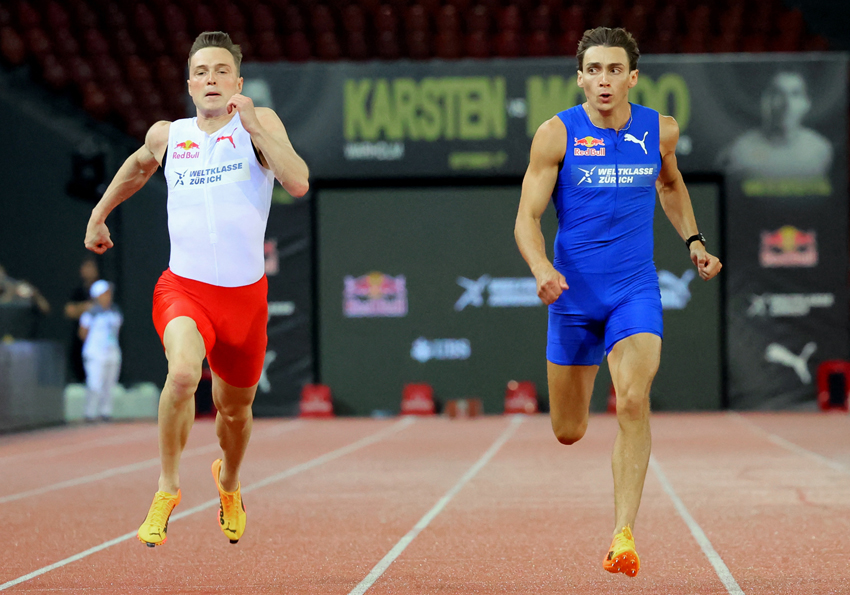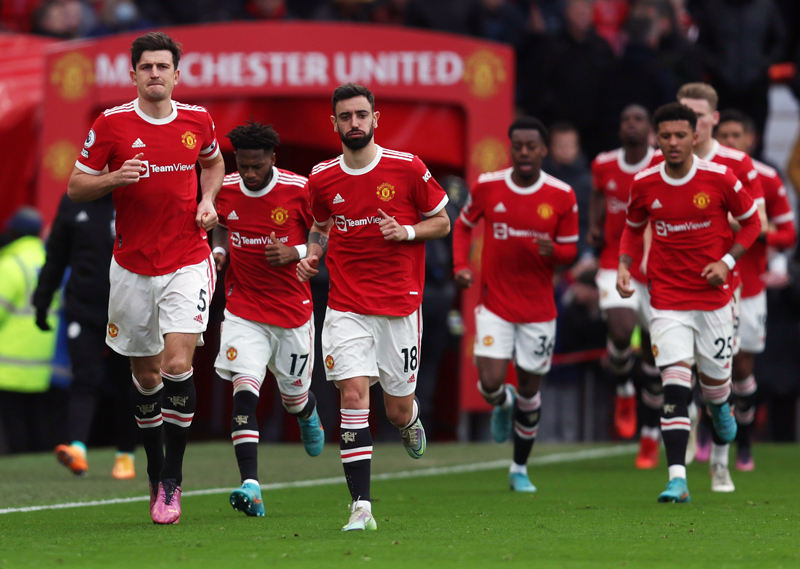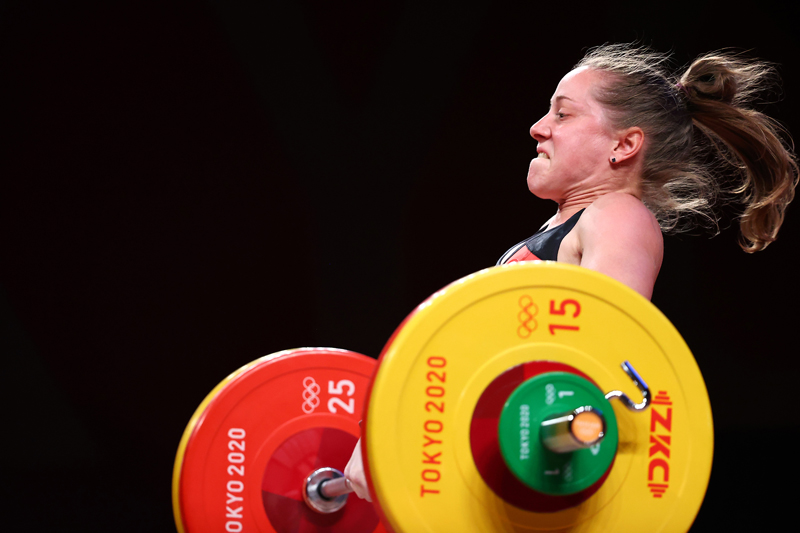Endurance training: two halves versus one whole!

As all endurance athletes know (or should know!), if you want to get fitter and perform better, you need to train in a way that generates a sufficient training load, which in turn induces positive endurance training adaptations in the body. The training load imposed can be generated by manipulating the training volume, intensity, and frequency of workouts. But the perennial question of course is ‘what’s the best way to structure your training sessions to get a good training adaptation without inducing excessive fatigue or the risk of injury?’
The elite approach
When examining the training programs of elite and world-class endurance athletes, scientists have reported that typical annual training volumes range from 500 to 1,200 hours (around 10-24 hours per week) depending on the sport-specific demands(1). In terms of the distribution of training intensity, most of these hours (70-90%) are performed at low intensity supplemented by around 10%–30% of the hours at moderate to high-intensity training(2). Indeed, what’s noticeable with elite endurance athletes is just how relatively small the volumes of high intensity training are compared to the much larger volumes of low and low-moderate intensity training(3).
Moderate/high-intensity structure
Given that successful athletes perform relatively small volumes of moderate and moderate-high intensity training but have to race at these intensities for potentially long periods of time, a further valid question is how should these moderate and moderate-high intensity sessions be structured to generate the best training adaptations possible? Let’s first clearly define what we mean by moderate and moderate-high intensity. This is the type of training performed between the first and second lactate or ventilatory thresholds - often referred to as LT1 and LT2 respectively - and often referred to as ‘threshold training‘(4). This type of training can be performed both as continuous sessions and as intervals with relatively long work duration.
Figure 1: Moderate/high-intensity exercise in relation to LT1 and LT2
You need to be logged in to continue reading.
Please register for limited access or take a 30-day risk-free trial of Sports Performance Bulletin to experience the full benefits of a subscription. TAKE A RISK-FREE TRIAL
TAKE A RISK-FREE TRIAL
Newsletter Sign Up
Testimonials
Dr. Alexandra Fandetti-Robin, Back & Body Chiropractic
Elspeth Cowell MSCh DpodM SRCh HCPC reg
William Hunter, Nuffield Health
Newsletter Sign Up
Coaches Testimonials
Dr. Alexandra Fandetti-Robin, Back & Body Chiropractic
Elspeth Cowell MSCh DpodM SRCh HCPC reg
William Hunter, Nuffield Health
Keep up with latest sports science research and apply it to maximize performance
Today you have the chance to join a group of athletes, and sports coaches/trainers who all have something special in common...
They use the latest research to improve performance for themselves and their clients - both athletes and sports teams - with help from global specialists in the fields of sports science, sports medicine and sports psychology.
They do this by reading Sports Performance Bulletin, an easy-to-digest but serious-minded journal dedicated to high performance sports. SPB offers a wealth of information and insight into the latest research, in an easily-accessible and understood format, along with a wealth of practical recommendations.
*includes 3 coaching manuals
Get Inspired
All the latest techniques and approaches
Sports Performance Bulletin helps dedicated endurance athletes improve their performance. Sense-checking the latest sports science research, and sourcing evidence and case studies to support findings, Sports Performance Bulletin turns proven insights into easily digestible practical advice. Supporting athletes, coaches and professionals who wish to ensure their guidance and programmes are kept right up to date and based on credible science.









